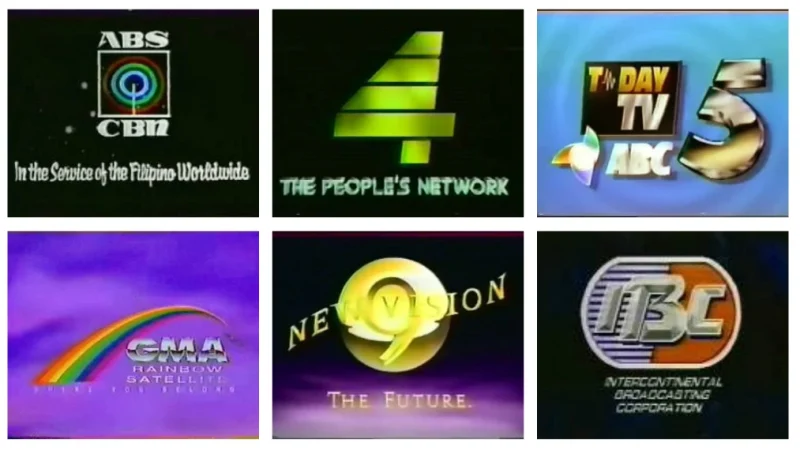If you’ve ever tuned into a radio station or watched television, you’ve likely heard or seen a Station ID. It’s the short audio or visual announcement that identifies the name, frequency, or call letters of a station. While it may seem simple, Station ID is a cornerstone of broadcasting, blending branding, regulatory compliance, and audience connection.
In this guide, we’ll delve into the meaning of Station ID, its role in broadcasting, its evolution over time, and how it helps stations build brand recognition.
What Is a Station ID?
A Station ID (Station Identification) is a brief announcement made by radio or TV broadcasters to identify their station to the audience. This typically includes the station’s call letters, frequency, or network affiliation.
Types of Station IDs
- Radio Station IDs: Announced between songs or during commercial breaks, often including the frequency and station tagline.
- Example: “You’re listening to 101.5 FM, The Smooth Jazz Station.”
- TV Station IDs: Displayed visually as logos or animated clips, often featuring the network name and slogan.
- Example: “NBC: More Colorful.”
The Purpose of Station IDs
Regulatory Compliance
In many countries, broadcasting regulations require stations to identify themselves periodically. For instance:
- FCC Requirement in the U.S.: Stations must announce their call letters and city of license at the top of each hour.
Brand Identity
Station IDs reinforce the station’s identity, making it recognizable to the audience. This is particularly important in competitive markets.
Audience Engagement
A catchy Station ID can create a lasting impression, helping listeners or viewers remember the station.
Professionalism
Station IDs add a layer of professionalism and credibility, signaling a well-organized and legitimate broadcast.
Components of a Station ID
A well-crafted Station ID includes the following elements:
Station Name and Call Letters
The legal identification required by regulators.
- Example: “This is KABC, Los Angeles.”
Frequency or Channel Number
Helps audiences locate the station on their devices.
- Example: “Broadcasting on 102.7 FM.”
Tagline or Slogan
A memorable phrase that captures the station’s brand essence.
- Example: “Your home for the hits!”
Music or Sound Effects
Adds personality and makes the ID more engaging.
Visual Elements (For TV)
Logos, animations, or vibrant colors to reinforce brand identity.
The Evolution of Station IDs
Early Days of Radio
In the early 20th century, radio stations used basic spoken announcements to fulfill regulatory requirements.
Rise of Television
With the advent of TV, Station IDs became more elaborate, incorporating visuals, jingles, and animations.
Digital Era
Today, Station IDs are often dynamic and highly creative, designed to stand out in an oversaturated media landscape. Digital tools allow broadcasters to integrate custom animations, 3D graphics, and interactive elements.
Creative Station ID Examples
MTV (1980s)
MTV revolutionized Station IDs by blending edgy visuals and music, aligning with its youthful and rebellious audience.
- Example: The iconic “I want my MTV” slogan.
BBC One (2000s)
Known for its visually stunning IDs, such as the “Hippos” circling the BBC logo, reflecting quality and creativity.
ESPN Radio
Simple yet powerful IDs like: “You’re listening to ESPN Radio, your home for sports.”
How to Create an Effective Station ID
Focus on Branding
- Ensure the Station ID aligns with your brand image and values.
- Use a memorable tagline that resonates with your audience.
Be Creative and Unique
- Stand out with catchy music, sound effects, or animations.
- Example: Use a jingle that listeners can’t get out of their heads.
Keep It Short
- Station IDs are typically 10–15 seconds long.
- Avoid overloading them with information.
Ensure Compliance
- Verify that your Station ID meets regulatory requirements in your region.
Update Periodically
- Refresh your Station ID to keep it relevant and modern.
Benefits of a Strong Station ID
Brand Recall
A compelling Station ID helps listeners and viewers remember your station, even when they’re channel surfing.
Competitive Advantage
In crowded markets, a unique Station ID sets your station apart.
Audience Loyalty
Well-crafted Station IDs create a connection with the audience, fostering long-term loyalty.
Conclusion
Station IDs may seem like a small part of broadcasting, but their impact is undeniable. From regulatory compliance to brand-building, they play a crucial role in connecting stations with their audiences. Whether it’s a catchy radio jingle or a visually stunning TV clip, a well-designed Station ID leaves a lasting impression and reinforces the station’s identity.
Ready to craft a memorable Station ID? Start by defining your brand, staying creative, and aligning with regulatory requirements to make your station stand out!
FAQs
1. What is a Station ID?
A Station ID is a short announcement or visual clip used by radio and TV stations to identify themselves to their audience.
2. Why are Station IDs important?
They help with regulatory compliance, build brand identity, and make the station memorable to listeners and viewers.
3. How often do stations need to announce their ID?
In the U.S., the FCC requires radio and TV stations to announce their ID at the top of each hour. Other countries have similar regulations.
4. Can Station IDs include advertising?
Yes, but the primary purpose should be identification. Any advertising must comply with local regulations.
5. How long should a Station ID be?
Station IDs are typically 10–15 seconds long to ensure they are concise and impactful.
Also read: Morning Drive: Understanding Its Role in Radio and Commuter Culture









